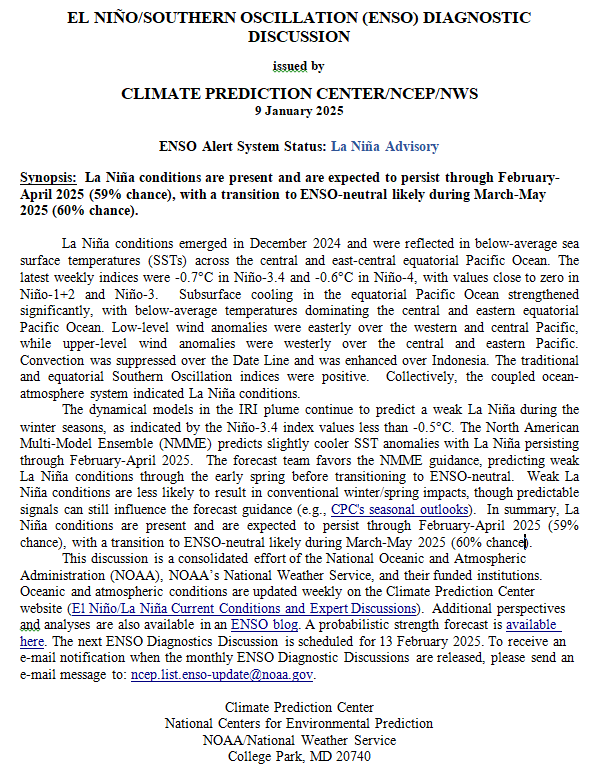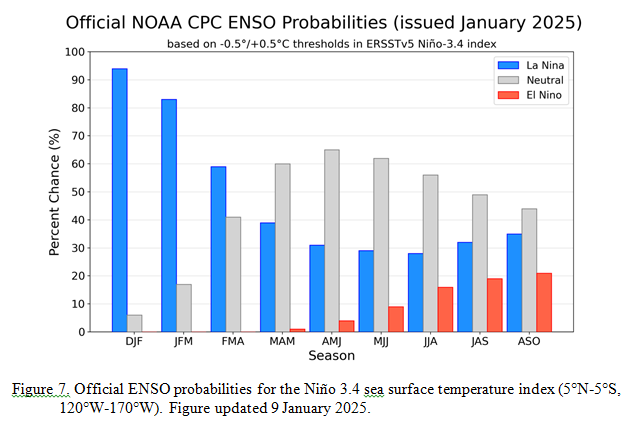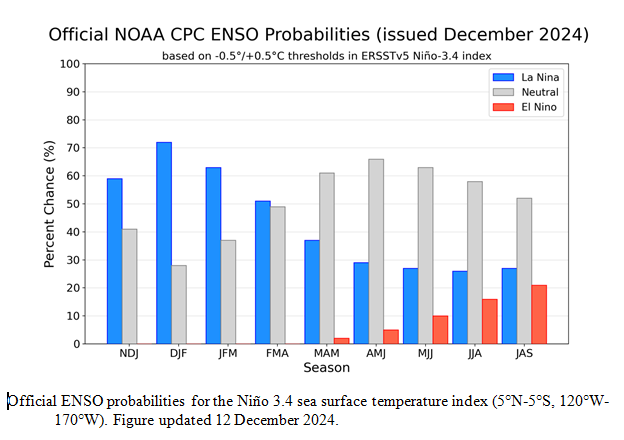Weather Outlook for the U.S. for Today Through at Least 22 Days and a Six-Day Forecast for the World: – Posted on January 13, 2025
This article focuses on what we are paying attention to in the next 48 to 72 hours. The article also includes weather maps for longer-term U.S. outlooks (up to four weeks) and a six-day World weather outlook which can be very useful for travelers.
First the NWS Short Range Forecast. The afternoon NWS text update can be found here after about 4 p.m. New York time but it is unlikely to have changed very much from the morning update. The images in this article automatically update.
Short Range Forecast Discussion
NWS Weather Prediction Center College Park MD
Mon Jan 13 2025
Valid 12Z Mon Jan 13 2025 – 12Z Wed Jan 15 2025…Extremely dangerous fire weather conditions to develop across coastal
southern California early this week……Locally heavy lake effect snow showers downwind of Lakes Erie and
Ontario as renewed surge of arctic air moves through into the upper
Midwest and Ohio Valley…The weather pattern across the lower 48 will feature upper level ridging
from the northeastern Pacific into the northwestern U.S., while upper
level troughing dominates much of the remaining area of the country. Below
average moisture across much of the lower 48 will result in a lack of
rain/snow for many areas of the lower 48 through Tuesday with the
exception of lake effect snow showers and scattered snow showers in and
around the northern/central Rockies into the High Plains.The passage of a weak surface low and cold front through Florida today
will bring a gradual end to rainfall across portions of the southeastern
U.S. Meanwhile, another cold front, moving through the Ohio Valley this
morning, will be followed by another surge of Arctic air which will reach
the Midwest today and into the Mid-Atlantic and Northeast for Tuesday. The
cold front will be accompanied by snow showers today across the Northeast
with potential for isolated snow squalls which could result in hazardous
travel from sudden reduced visibilities, gusty winds and quick minor
accumulations of snow. High temperatures will be 10 to 20 degrees below
average today from the Upper Midwest to lower portions of the Ohio Valley.
The airmass will be modifying/losing vigor as it reaches the East Coast,
but will still be responsible for below average temperatures by Tuesday
for the Eastern Seaboard. Heavy lake effect snow showers are expected to
develop later today as the colder air moves across the Great Lakes, with
localized snowfall accumulations of 1-2 feet for isolated locations which
experience persistent banding through Tuesday night, mainly east of Lake
Erie and Lake Ontario.The lack of precipitation across the CONUS will also include southern
California which has experienced a number of high profile wildfires over
the past week. Upper troughing aloft and increasing surface pressures over
the Great Basin will again lead to strong gusts across the typically
favored areas across coastal southern California today with winds peaking
between 40-50 mph. Conditions are expected to worsen for these locations
by Tuesday morning as wind gusts near 70 mph will be possible. When
combined with low relative humidities and a lack of recent rainfall (dry
fuels), a Particularly Dangerous Situation Red Flag Warning has been
issued for Santa Barbara, Ventura and Los Angeles Counties from Monday
night through Wednesday morning. These locations will be under a high risk
for large fires with potential for very rapid spreading of any fires that
may develop.






